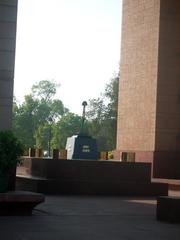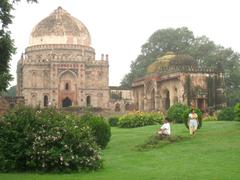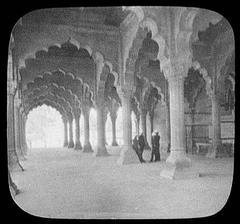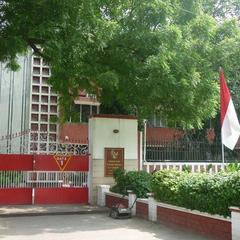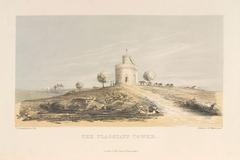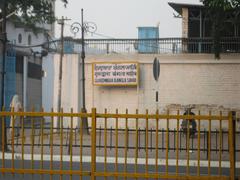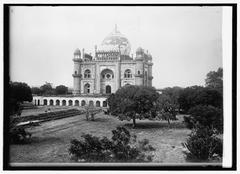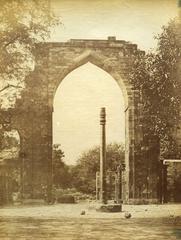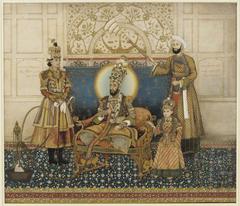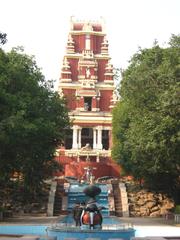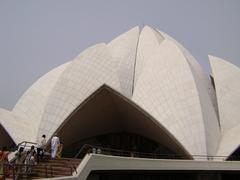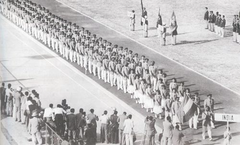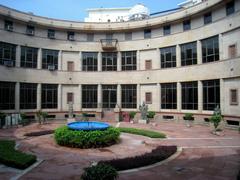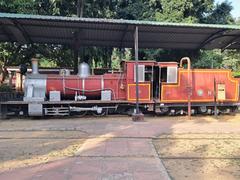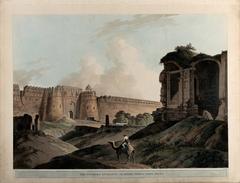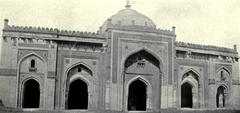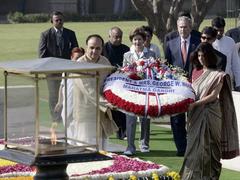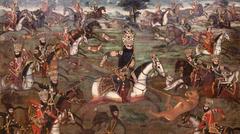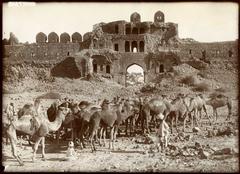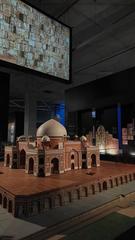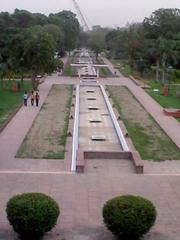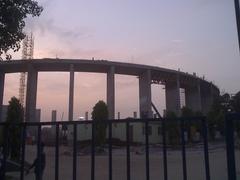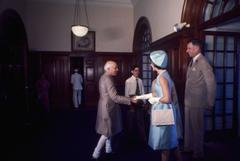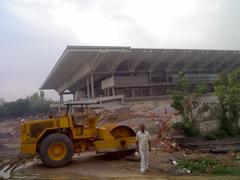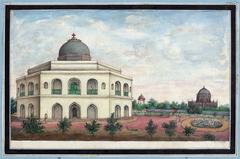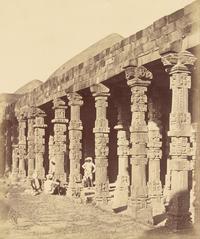Purana Qila Visiting Hours, Tickets, and Historical Sites in New Delhi
Date: 17/07/2024
Introduction
Purana Qila, often referred to as the ‘Old Fort,’ is a captivating relic situated in the heart of New Delhi, India. This monumental fort stands as a testament to Delhi’s rich and diverse history, with its origins dating back to the Mahabharata era. According to legend, the fort is built on the site of the ancient city of Indraprastha, the capital of the Pandavas (Archaeological Survey of India). Its historical significance is further amplified by its Mughal architecture, constructed under the reign of Emperor Humayun and later expanded by Sher Shah Suri in the 16th century (National Museum, New Delhi). Purana Qila’s robust fortifications, grand gateways, and intricate carvings make it one of the most iconic historical sites in Delhi. Today, it not only serves as a window into India’s past but also as a vibrant cultural hub hosting various events and exhibitions. This guide aims to provide a comprehensive overview of Purana Qila’s history, architectural splendor, and essential visitor information, ensuring a memorable and enriching experience for every traveler.
Table of Contents
- Introduction
- Early Foundations and Mythological Connections
- Mughal Era Construction
- Architectural Significance
- British Colonial Period
- Archaeological Excavations
- Modern-Day Significance
- Preservation Efforts
- Cultural and Educational Importance
- Visitor Experience
- FAQ
- Conclusion
Early Foundations and Mythological Connections
Purana Qila, or the ‘Old Fort,’ is one of the oldest forts in Delhi, India. Its history is deeply intertwined with the ancient city of Indraprastha, which is mentioned in the Indian epic, the Mahabharata. According to legend, Indraprastha was the capital of the Pandavas, and it is believed that Purana Qila stands on the site of this ancient city. Archaeological excavations have revealed artifacts dating back to the Maurya period (circa 300 BCE), suggesting that the area has been continuously inhabited for over two millennia (Archaeological Survey of India).
Mughal Era Construction
The fort as it stands today was constructed by the Mughal emperor Humayun in the early 16th century. Humayun began the construction of the fort in 1533, and it was completed by his successor, Sher Shah Suri, who defeated Humayun and took over the fort in 1540. Sher Shah Suri made significant additions to the fort, including the construction of the Qila-i-Kuhna Mosque and the Sher Mandal, a two-storied octagonal tower (National Museum, New Delhi).
Architectural Significance
Purana Qila is an excellent example of Mughal architecture, characterized by its massive walls, grand gateways, and intricate detailing. The fort’s walls are about 18 meters high and extend over a perimeter of 1.5 kilometers. The three main gates—Bara Darwaza (Big Gate), Humayun Gate, and Talaqi Gate—are adorned with intricate carvings and calligraphy. The Qila-i-Kuhna Mosque, built by Sher Shah Suri, is a masterpiece of Indo-Islamic architecture, featuring a single dome and a prayer hall with five arched openings (Indian Heritage).
British Colonial Period
During the British colonial period, Purana Qila served various administrative purposes. The British used the fort as a garrison and later as a prison. In the early 20th century, the fort was also used as a refugee camp during the partition of India in 1947. The fort’s historical significance and architectural grandeur have made it a protected monument under the Archaeological Survey of India (ASI).
Archaeological Excavations
Extensive archaeological excavations have been carried out at Purana Qila, revealing layers of history that span several centuries. Excavations conducted by the Archaeological Survey of India have unearthed artifacts from the Maurya, Sunga, Kushan, Gupta, Rajput, and Mughal periods. These findings include pottery, coins, seals, and terracotta figurines, providing valuable insights into the fort’s long and varied history (ASI Excavations).
Modern-Day Significance
Today, Purana Qila is a popular tourist destination and a venue for cultural events. The fort’s well-preserved structures and lush gardens attract thousands of visitors each year. The Archaeological Museum within the fort complex houses a collection of artifacts discovered during excavations, offering a glimpse into the fort’s rich history. The fort also hosts a sound and light show in the evenings, narrating the history of Delhi through a captivating audio-visual presentation (Delhi Tourism).
Preservation Efforts
Efforts to preserve and restore Purana Qila have been ongoing for several decades. The Archaeological Survey of India has undertaken various conservation projects to maintain the structural integrity of the fort and its monuments. These efforts include the restoration of the fort’s walls, gates, and buildings, as well as the development of visitor facilities. The fort’s status as a protected monument ensures that it will continue to be preserved for future generations to appreciate and enjoy (ASI Conservation).
Cultural and Educational Importance
Purana Qila serves as an important educational resource, providing students and researchers with opportunities to study India’s rich cultural heritage. The fort’s historical significance and architectural beauty make it a valuable site for academic research and cultural education. Various educational programs and guided tours are organized to promote awareness and appreciation of the fort’s history and heritage (Heritage Education).
Visitor Experience
Visitors to Purana Qila can explore its many attractions, including the Qila-i-Kuhna Mosque, Sher Mandal, and the Archaeological Museum. The fort’s expansive grounds offer a peaceful retreat from the bustling city, with well-maintained gardens and scenic views. The sound and light show, held in the evenings, provides an immersive experience, bringing the fort’s history to life through a blend of narration, music, and lighting effects (Delhi Tourism).
Visiting Hours and Tickets
- Visiting Hours: Purana Qila is open daily from 7:00 AM to 5:00 PM.
- Ticket Prices: Entry tickets are priced at INR 30 for Indian citizens and INR 300 for foreign nationals. Children under 15 years can enter for free.
- Special Events: The fort hosts various cultural events and festivals throughout the year. Check the Delhi Tourism website for the latest updates.
- Guided Tours: Guided tours are available, offering deeper insights into the fort’s history and architecture. Booking in advance is recommended.
- Photography Spots: Some of the best spots for photography include the main gates, the Qila-i-Kuhna Mosque, and the lush gardens.
Nearby Attractions
- Humayun’s Tomb: A UNESCO World Heritage Site, located just a short drive from Purana Qila.
- India Gate: An iconic war memorial situated nearby.
- National Zoological Park: A great place for family outings, located adjacent to the fort.
FAQ
-
What are the visiting hours for Purana Qila? Purana Qila is open daily from 7:00 AM to 5:00 PM.
-
How much are tickets for Purana Qila? Entry tickets are priced at INR 30 for Indian citizens and INR 300 for foreign nationals. Children under 15 years can enter for free.
-
Are guided tours available? Yes, guided tours are available and recommended for those who wish to gain deeper insights into the fort’s history and architecture.
Conclusion
Purana Qila stands as a testament to Delhi’s rich and diverse history. Its ancient origins, Mughal architecture, and ongoing preservation efforts make it a must-visit destination for history enthusiasts and tourists alike. Plan your visit today and immerse yourself in the captivating history of this remarkable fort. For more updates and information, follow us on social media and check out our mobile app Audiala.
References
- Archaeological Survey of India. (n.d.). https://asi.nic.in
- National Museum, New Delhi. (n.d.). https://nationalmuseumindia.gov.in
- Delhi Tourism. (n.d.). https://delhitourism.gov.in
- Indian Heritage. (n.d.). https://indianheritage.gov.in


